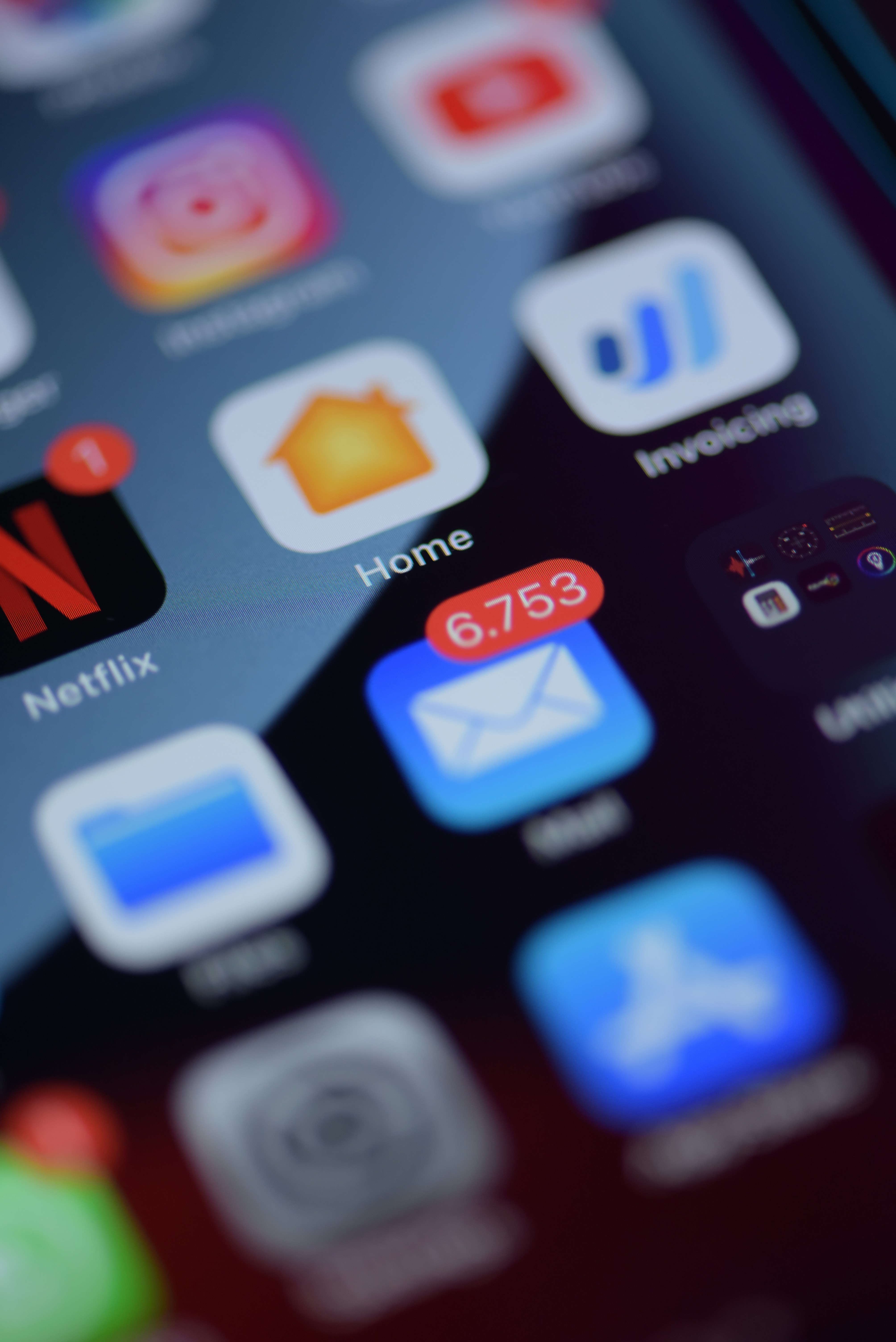How to write emails that aren’t boring: 7 copywriter hacks
Oct 9, 2023
My first boss always used to say ‘Eat the frog first’. No, he wasn’t French. He taught me the best way to structure your working day is to do the thing you least want to, first.
But what if that frog, especially those pesky, lengthy emails, could be a bit more…gourmet?
Here’s a depressing stat for you: the average professional spends 28% of their day checking and replying to emails – over 11 hours a week.
Until robot overlords take over our email duties, we’re stuck crafting them. But stuck doesn’t mean stagnant.
Before I go any further, I’d like to clarify that this blog is referring to the day-to-day emails you send to colleagues, collaborators and your wider network; not email marketing for a brand (though, stick around if you want to write compelling marketing emails that convert, there are gems in here for you too).
Back to our business emails: instead of accepting your fate and writing bland, boring messages, why not add a dash of excitement to the daily email grind?
As a seasoned business copywriter, I’ve turned the most mundane emails into delightful conversations. Let’s dive into how you can too.
A business copywriter’s guide to emails
Stun them with your subject line
The first step is to get people to actually read your email. Set yourself up for success by piquing their interest while you’re sitting in their inbox.
It’s tempting and much easier to choose an obvious subject line. But think outside of the box.
I like to ask a question in my subject – if you’re asking a contact for an introduction, how about ‘Lunch on me?’ as your subject line? Offering something of value is one of the best ways to get your messages seen (especially if its hard to resist, like a free lunch).
Or, could you make a bold statement? Feature an interesting statistic?
2. Write like a human
This is probably the most important tip. Corporate jargon is one of the main reasons emails are boring and left unread.
You don’t need to ditch your professional approach, but it pays to simplify your language. Try reading your email out loud – is it reflective of how you speak? Is your personality shining through? People are more likely to respond quicker if they see themselves reflected in the words you’ve chosen. If they can relate to you, they can understand you.
Write a list of words you’d like to stop using and some easy swaps. For example, ‘At your earliest convenience’ could become ‘As soon as possible’ or ‘I’d be grateful for a quick response’. Refer back to your list before you hit send.
3. Think about your opening line
Do you really hope they are well? This greeting is the equivalent of a limp handshake.
Even if you mean it (and let’s face it, we don’t always), there is always a more interesting alternative.
Let’s go for a firm grip and genuine smile instead. To instantly create rapport with the receiver, personalise your opener. You can keep things professional without being predictable.
If you don’t know them well, you could even start with a comment on the weather. It doesn’t have to be long or too casual – read the room.
Something like ‘Happy Monday, did you manage to stay out of the rain yesterday?’ or ‘Great to hear from you, even if it’s just by email. Coffee soon?’ sets a friendly tone.
4. Find some common ground
Another way to inject some personality and create connection is by finding a talking point your digital pen pal is interested in and including a reference to it in your email.
This could be work related or otherwise. If they are a new partner, peer or someone in your professional network, can you reference a skill or specialism you’re both interested in, or an event you know they’re speaking at soon?
Just one line will do; ‘Congratulations on landing the keynote at <insert event>, I’m looking forward to it’, or ‘I see you’ve written for Employment Law Daily – I think we’ll get along!’.
If you don’t know them, find a nugget on their website, online publicity or LinkedIn page.
Top tip: sports is always gold here.
5. Save time with a pre-written elevator pitch
This one is a good timesaver that uses a hack business copywriters know well.
Write out an elevator pitch that is interesting, compelling and in your (and your brand’s) tone of voice.
Now save it and use it when you’re emailing a new client lead, referrer, professional collaborator or for when you’re pitching for speaking and publicity opportunities.
Not only are you saving yourself time, but you’re also ensuring you inject some personality and intrigue, without having to craft the same intro every single time.
6. Say goodbye to ‘Kind Regards’
I said it. No matter how corporate, serious or steeped in history your organisation is, do you not have to end every email with ‘Kind Regards’.
Of course, there is a time and a place and I’m not suggesting you never use it again. But it doesn’t have to be your default. In fact, I think your sign off should be dependent on who you are emailing and why (eg if you're using direct response copywriting techniques you'd try a call-to-action).
Create a list of a few email sign offs, ranging from casual through to formal, that represent you. Have some fun with it – if you’re asking someone for a favour perhaps your sign off is ‘Lunch is on me’ or if England are playing in the world cup that week it could be ‘Go Lionesses’.
When it’s appropriate to use formal language, consider how to inject a bit of personality. Sometimes a simple ‘Thank you’ will do, but if you’re working from an overseas office for the week, could ‘Warm regards from Singapore’ work?
7. Go beyond the sign off
Everyone loves a little surprise and delight, so why not in an email? Consider including a P.S. at the end of your message (where appropriate) to make it extra memorable.
This could be where you insert tip seven, your titbit of knowledge, or something totally different.
If you’re emailing a colleague and there are cupcakes up for grabs in the staff room you could add ‘P.S. I heard there’s only one chocolate cupcake left’ or ‘P.S. Run, don’t walk: cupcakes in the kitchen’.
If you’re composing a draft to a peer or colleague that’s more formal, you could add a link to an interesting article you saw recently you thought they’d like, a congratulatory message about a project they just completed or a speaking opportunity they’ve secured.
This can also be a great way to show off your expertise.
Business emails don't have to be monotonous
And, it doesn’t take long to inject your personality into them.
These seven copywriter tips are designed to help you make your corporate communications slightly more interesting, without losing your professional approach or adding extra time into your already busy day.
Ready to transform your emails and make every word count?
Find out if I practice what I preach by emailing me.



